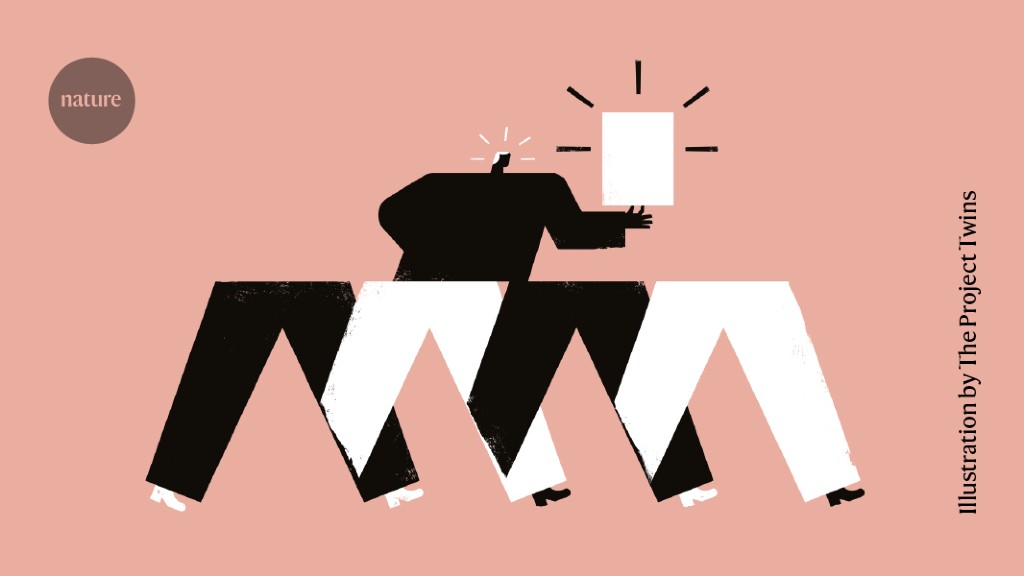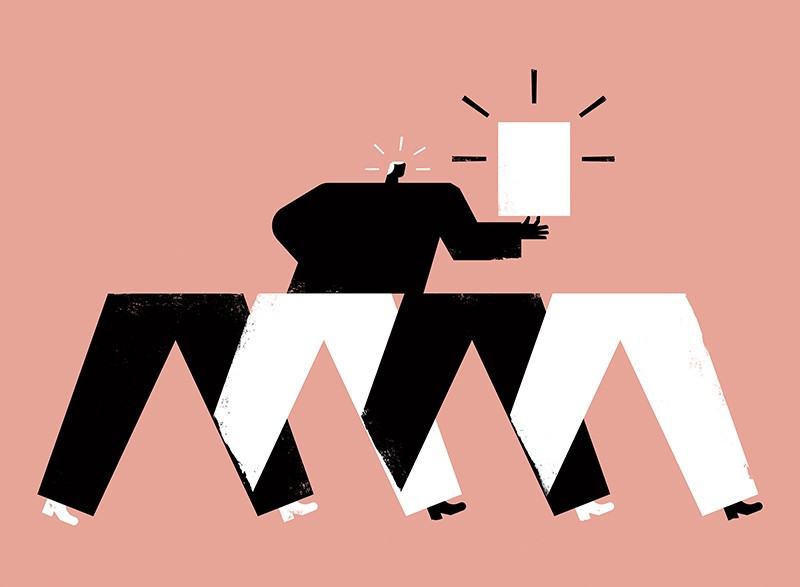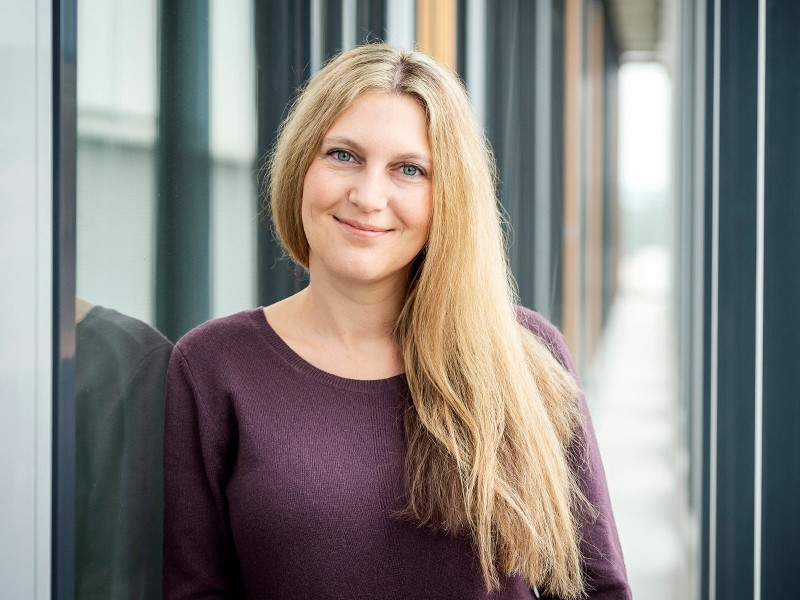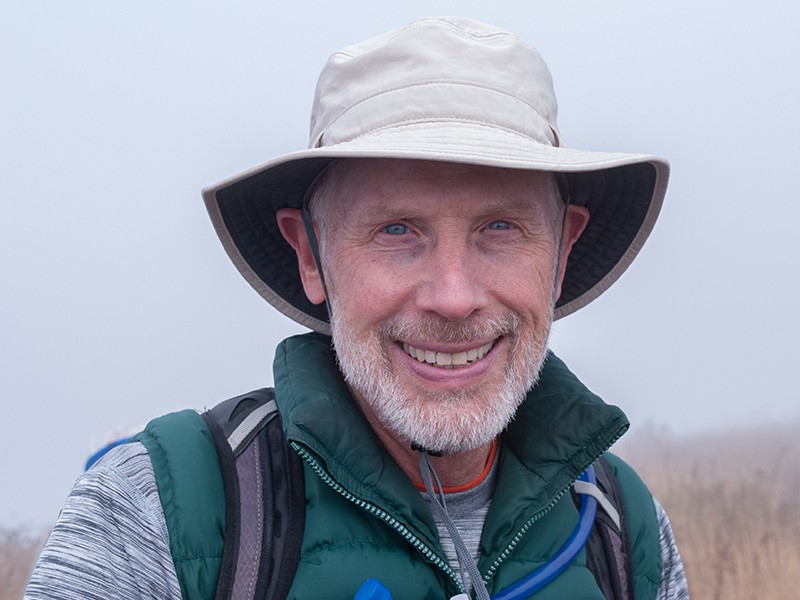“It felt like a slap in the face. It was as though the credit for half of my PhD was being handed to someone else. I burst into tears.” This is how one cell biologist reacted when her former supervisor made a fellow postdoctoral researcher a co-first author of a paper based on her PhD.
When she objected, he stood firm. Afraid of damaging important professional relationships at the end of her first collaboration, she swallowed her pride and relented, but wondered how it might affect her job prospects. “Research is all about teamwork, so if someone asks me in an interview why it looks as though I only have half a paper from my PhD, what am I supposed to say?” she says.
Most in the scientific community have heard similar stories, often involving junior researchers who have given their all in collaborations only to then feel unfairly relegated down the author lists of resulting publications. Sometimes they do not make the list at all, becoming no more than ‘ghost authors’.
Internet forum posts reveal how upsetting it can be for those who think that their professional prospects will suffer as a result of their being cheated out of the credit they deserve.
Nature spoke to researchers about formative collaborations that descended into author disputes. We also heard from laboratory leaders, publishers and funders who are trying to devise a fairer system of recognizing individual contributions to academic papers. Here, they outline their efforts and describe steps that researchers can take to mitigate author disputes and other tensions that can arise in collaborations. One suggestion is to have a scientific ‘pre-nup’, or team charter, spelling out roles, responsibilities and processes for conflict resolution in advance. Some interviewees requested anonymity because of concerns that sharing their stories could harm their careers.
Authorship matters
“Researchers are still judged by what and where they publish,” says Liz Allen, director of strategic initiatives at F1000, an open-access science publisher. “It is pivotal to their careers, so if they don’t get the credit they deserve and visibility for their work, it’s a big problem for them.”
“While research is a collaborative endeavour, the job market is highly competitive,” adds Anna Hatch, who is the programme director at the San Francisco Declaration on Research Assessment (DORA), an initiative that campaigns to change how scientific research is evaluated. The incentive structure in science impedes progress, she says. “Things like collaboration, open science and reproducibility drive a field forward, but it is numbers of papers, positions in author lists and funding that advances academic careers.”
Author lists are lengthening, which means that a smaller proportion of researchers are obtaining coveted first-author positions. One analysis of 30 million papers listed by the Pubmed archive and the MEDLINE database found that the average number of authors rose from 1.9 before 1975 to 5.9 during 2015–19 (see go.nature.com/3v64de). This trend was part of what led the UK’s Academy of Medical Sciences (AMS) to look into the impact of increased research collaboration on biomedical careers. In its 2016 report ‘Team Science’, an AMS working group concluded that a perceived lack of recognition of their contributions is the chief deterrent to researchers’ participation in multi-group research (see go.nature.com/355cep). Its authors stated: “Whilst team science is often recognised as important, there is little evidence that individuals’ contributions will be valued in career-relevant decision-making, which is particularly concerning for PhD students and early career researchers.”
Authorship disputes are rife. One 2011 survey1 of the corresponding authors of more than 500 papers in 6 leading medical journals found that 17.6% admitted that their papers included ‘honorary authors’, individuals named as authors despite not meeting authorship criteria set out in guidelines issued by the International Committee of Medical Journal Editors, and 7.9% had ghost authors whose names were ultimately missing from the paper.
In another study2, a group at the US National Institute of Environmental Health Sciences (NIEHS) in Research Triangle Park, North Carolina, carried out an online survey of almost 6,700 international researchers who had published papers that listed at least two authors. The results showed that 46.6% had experienced disagreements about author naming, and that 37.9% had had disputes about name order on author lists.
Female researchers were more likely than their male counterparts to have experienced authorship conflicts. In the NIEHS study, they were one-third more likely to have had disputes about inclusion on author lists and 20% more likely to have had disagreements about the order of author names. In another study3, papers with a male and a female co-first author were more likely to list the male researcher first.
“I don’t think I was only given co-first author because of my gender,” says the anonymous cell biologist, “but if it had been the other way around, I don’t think he would have accepted it. Is it easier to stand up to two men if you’re also a man? Yes, probably.”
During her PhD programme, she identified some previously unknown cell-signalling mechanisms. A journal accepted a paper reporting the findings subject to revisions. By then she was at another university, so researchers in her former supervisor’s lab did some additional experiments. She maintains that she did around 75% of the work that went into the paper.
It was shortly before the paper was due to be resubmitted that her former supervisor put the name of another team member alongside hers as co-first author. He listened sympathetically to her complaint but stuck to his original decision. The journal’s website said it did not get involved in authorship disputes, and publication went ahead. “It was annoying, but I needed the paper and didn’t want a big argument,” she says.
The NIEHS survey also found that disagreements about who to include as an author were 50% more common in the medical sciences than in the natural sciences, and disputes over name order were nearly 70% more common. Those involved in multidisciplinary teams were less likely to be involved in either type of conflict. Such variations in part reflect different practices across disciplines. In high-energy particle physics and economics, authors are generally listed alphabetically. In most other disciplines, order is determined by contribution level.
Where credit’s due
Such conflicts can also affect more-senior scientists, although this is less common. One physicist and principal investigator at a UK university, who also asked not to be named, recruited a postdoctoral researcher to work on an advanced optical sensor needed for a fluid-dynamics project. It was agreed that this researcher would be first author on publications covering some of the work. However, he left the group before completing all his assigned tasks. A disagreement broke out when the postdoc was told that an undergraduate who was taking over from him would be first author on a final paper.
The principal investigator stresses that not every junior researcher who thinks they have been unfairly treated is right. “Part of the problem stems from a misunderstanding on the part of some junior researchers about how much of a project is done before they come along,” she says. “I’m not saying someone who does the major data collection should be bumped off the author list, but those who build labs, come up with ideas, get funding, build experiments, train others and oversee data analysis and final papers deserve credit too.”
Some think that the key to reducing author disputes is to use more-detailed and transparent ways of acknowledging research contributions. Many journals now require the disclosure of author contributions when articles are submitted. Since its launch in 2014, hundreds of journals have adopted CRediT (Contributor Roles Taxonomy), a system that quantifies 14 roles (see ‘Counting credit’). Nature-branded journals have required authorship-contribution statements since 2009, and allow but does do mandate the use of CRediT. Springer Nature, the publisher of Nature, allows author-contribution statements, but does not demand them. (Nature is editorially independent of its publisher.)
“CRediT provides more information and transparency about who has done what, who is making the impact, who is responsible and accountable for research,” says Allen, who co-founded the system. “It provides in more detail, and more accessibly, the information that was supposed to be described in an acknowledgement section, but never was.”
The AMS ‘Team Science’ report recommended that publishers work with initiatives such as CRediT to develop standardized ways of presenting contributor information. “We said ‘such as CRediT’ as we recognize not all journals would want to use those exact criteria,” says cell biologist Anne Ridley, head of the school of cellular and molecular medicine at the University of Bristol, UK, who chaired the AMS working group. “But we thought having 14 different criteria was a good, fair system for recognizing people’s contributions.”
Answers to authorship
Eleftheria Zeggini urges PhD and postdoctoral applicants to assess principal investigators’ attitudes to authorship during interviews, and, if possible, to contact and learn from current and previous team members. Zeggini, who leads the Institute of Translational Genomics at the Helmholtz Centre Munich in Germany, says: “It is important to learn about the team science culture and how good practice is applied within prospective professional homes.”
“Communicating about how credit and authorship are going to be handled, at the start of the process and during it, is really important,” adds Hatch. “It can involve uncomfortable conversations, but if there are disagreements, you can figure out next steps early on.” (See ‘Dispute tips’).
Zeggini uses big data, genomics and other -omics approaches to study complex diseases. Those in her field usually work in large, multigroup collaborations, and so might be more aware of the need to establish systems that work for all involved. She uses simple spreadsheets to record assigned responsibilities and keep track of who is doing what, which greatly simplifies the later writing of detailed author-contribution sections for research papers. “It helps set expectations and can save a lot of time down the line,” she says.
Neuroscientist Andrew Mickley found another way to set the ground rules in his laboratory at the Baldwin-Wallace University in Berea, Ohio, starting in the late 1990s. He gave his students a handbook detailing what he expected of them, including requirements for authorship, such as showing initiative in experiment design and being able to explain the rationale for research. “Authorship criteria sometimes describe making significant contributions to research conception or design, to data acquisition, analysis or interpretation,” says Mickley, who now teaches at Furman University in Greenville, South Carolina, and at Wofford College in Spartanburg, also in South Carolina. “We operationally defined what we considered ‘significant’ to mean, so there was no doubt about it.”
Beyond ways to reduce the scope for disputes, there are specific things that researchers can do if they think that their contributions have not been sufficiently acknowledged. The anonymous cell biologist’s first move was to speak to trusted colleagues and mentors, including two co-authors of her paper and others who had nothing to do with her dispute.
After she expressed her unhappiness at having a co-first author, she says that her former supervisor made changes to the author-information section of the paper that better reflected her role. “I’m glad I said something,” she says. “Even if it didn’t change the author list as I would have liked, it did lead to changes that meant my concerns were at least acknowledged and taken seriously.”
Ridley says that those who think that their authorship concerns are not being addressed by their line managers should raise them elsewhere in their institutions. “I would be very concerned if I found out someone in my school was missing people off author lists,” she says. “My advice would be that they take this up within their department or school, with a mentor, postgraduate education director or a PhD second supervisor, perhaps.”
Those with authorship complaints about papers that have already been published should not let that put them off raising the issue. “It might seem too late if the paper is already out, but authors can still be added retrospectively,” adds Ridley.
Righting wrongs
The cell biologist who felt aggrieved at having a co-first author added to her PhD paper considered approaching the journal concerned. But its website, like those of many other journals, says it does not get involved in authorship disputes.
Corrections to authorship lists are made only occasionally — and usually after rulings by university ethics committees. The policy of journals published by Springer Nature, including Nature, is that editors do not get involved in investigating or adjudicating authorship disputes, and that these should be resolved by researchers or, failing that, their institutions.
Those who exhaust all avenues in their efforts to right perceived authorship wrongs should not despair. Zeggini says that those who think they have been unfairly missed off or relegated down an author list will often be able to describe their contributions in more detail in job and funding applications. “Those who find themselves in this situation should know that when they apply for new jobs, it is very important that they highlight their specific contributions to papers,” she says.
It is not possible to judge the merits of contentious cases with only partial sight of the facts. “A one-sided description may be correct, but until you have seen both sides of the story, you can’t make a judgement,” says the anonymous physicist. “I would advise people to speak up,” says the cell biologist. “If those affected don’t say anything, how are problems in academia like authorship disputes ever going to be solved?”









More News
Could bird flu in cows lead to a human outbreak? Slow response worries scientists
US halts funding to controversial virus-hunting group: what researchers think
How high-fat diets feed breast cancer